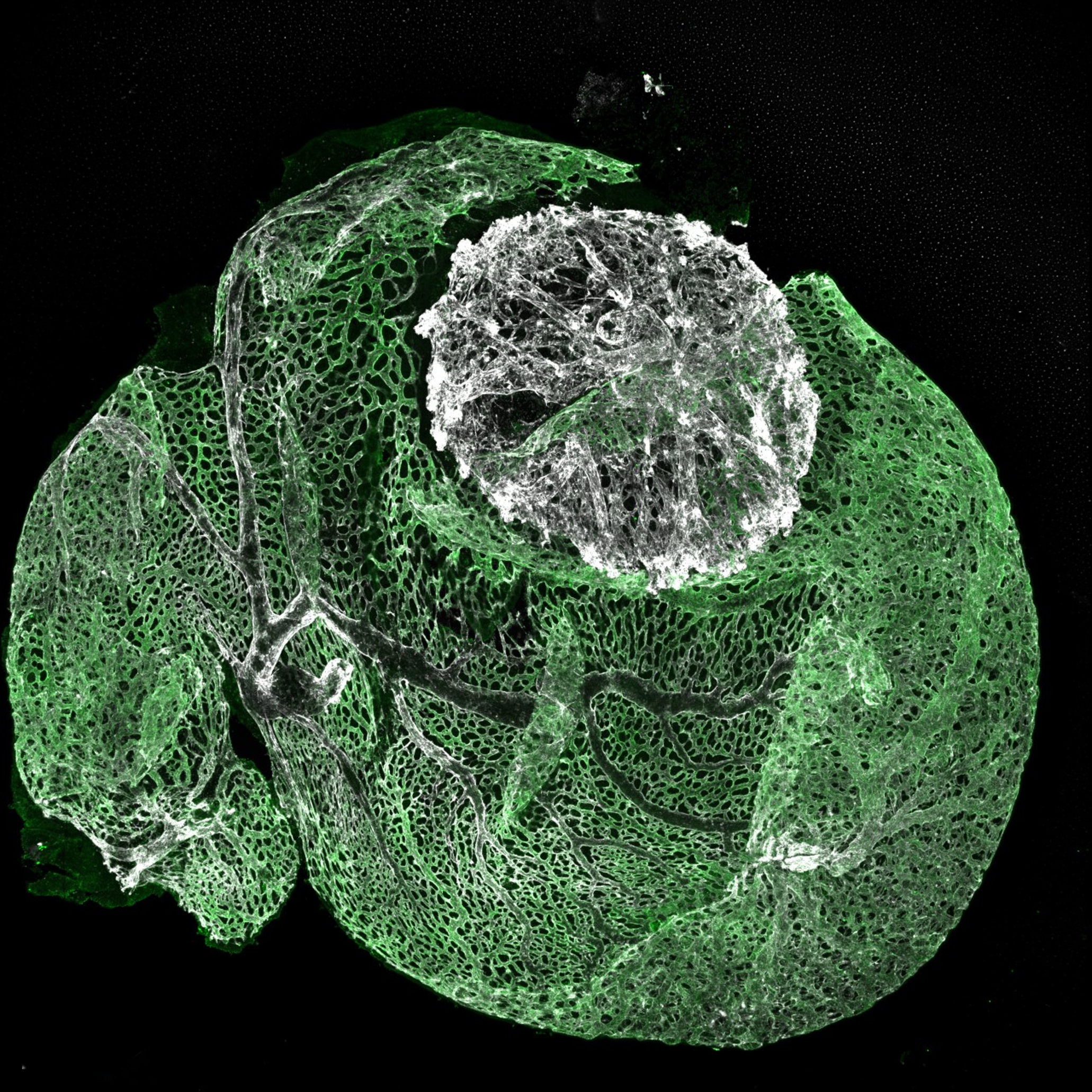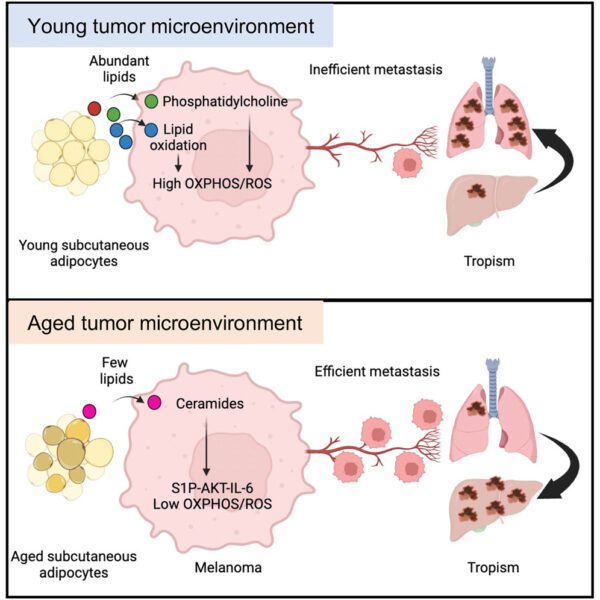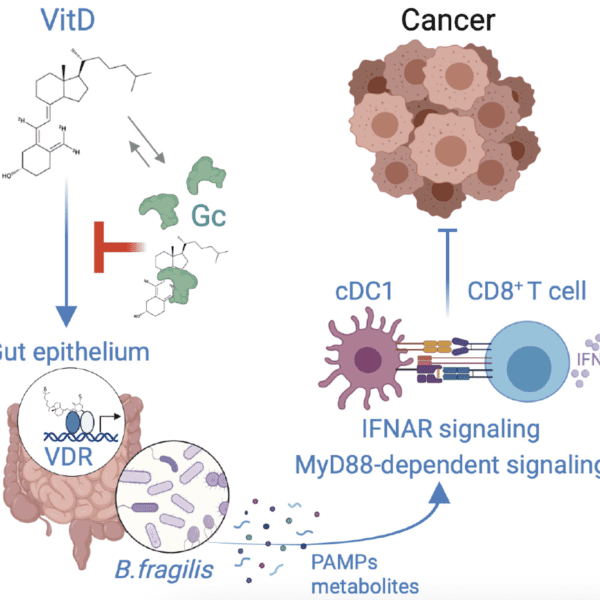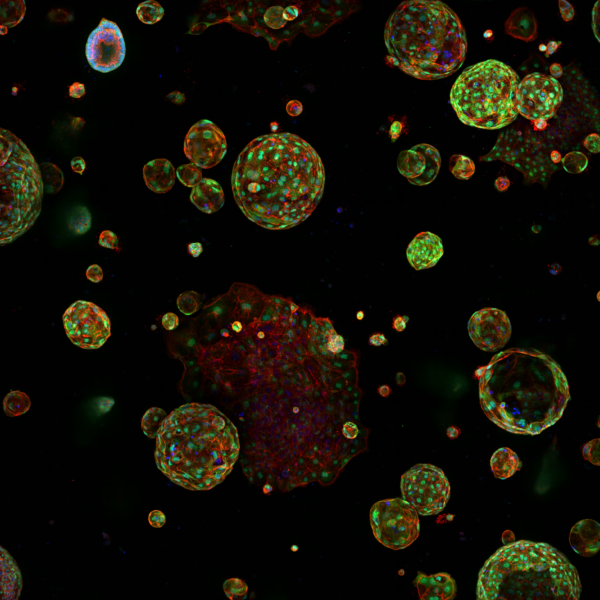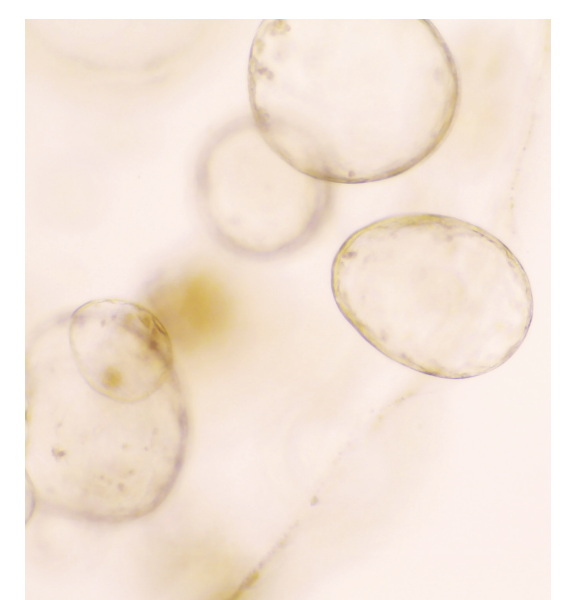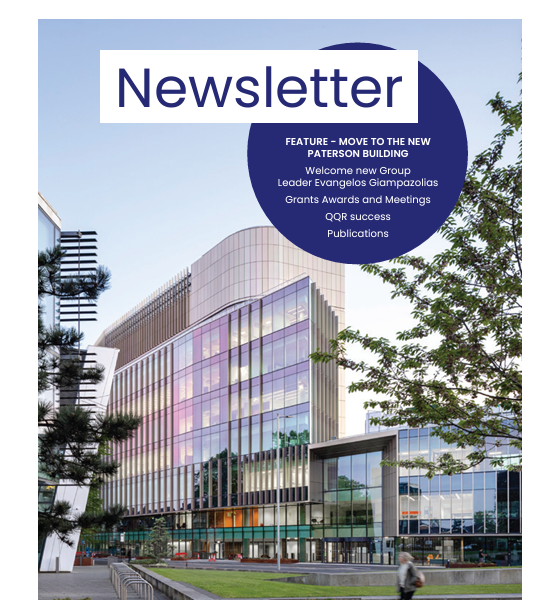Overview
Cell-based cancer immunotherapy has revolutionised the treatment of haematological malignancies. Specifically, autologous chimeric antigen receptor-engineered T (CAR-T) cell therapies has received approvals for treating leukaemia, lymphoma, and multiple myeloma following unprecedented clinical response rates.
A critical barrier to the widespread usage of current CAR-T cell products is their autologous nature. These cellular products are patient-selective and, therefore, very costly and challenging to manufacture. In contrast, allogeneic cell products can be scalable and readily administrable. In this context, stem cell-derived immune cells could form the basis for developing off-the-shelf therapies. These stem cell-engineered allogeneic cell therapies could include conventional αβ T cells as well as unconventional T (iNKT and γδ T) cells, natural killer (NK) cells and myeloid cells.
Most of these cells could be generated from haematopoietic stem cells (HSCs), recapitulating adult haematopoiesis. Alternatively, they are also produced during embryonic development directly from haemogenic endothelial cells. Our overarching aim is to realise the potential of pluripotent stem cells to produce, in vitro, clinical-grade blood cells such as haematopoietic stem cells (HSCs), platelets, red blood cells and immune cells suitable for transplantation or adoptive cell therapies.
Currently, our incomplete understanding of normal in vivo haematopoietic ontogeny limits our capacity to replicate this process in vitro effectively. We aim to understand the in vivo processes of generating HSCs and immune cells to ultimately replicate them in vitro and establish cell production platforms of these blood cells for therapeutic production.
We are implementing cutting edge technologies such as single cell multi-omics, spatial transcriptomics, bioinformatics, mouse modelling and organoid cultures to address these aims.
